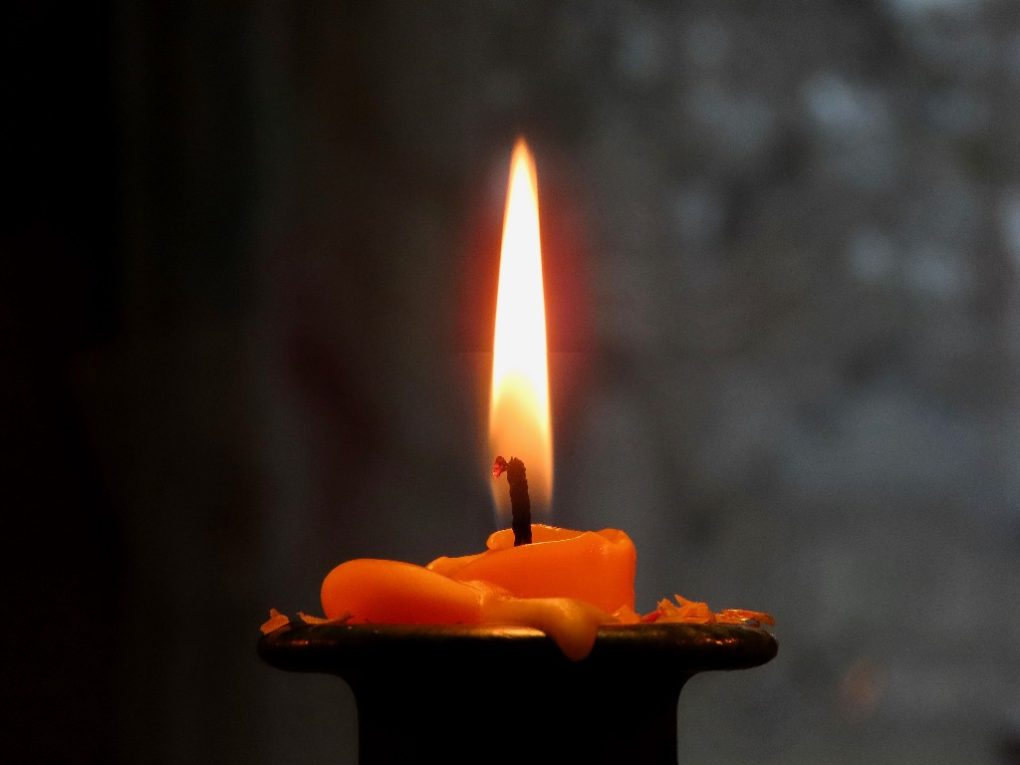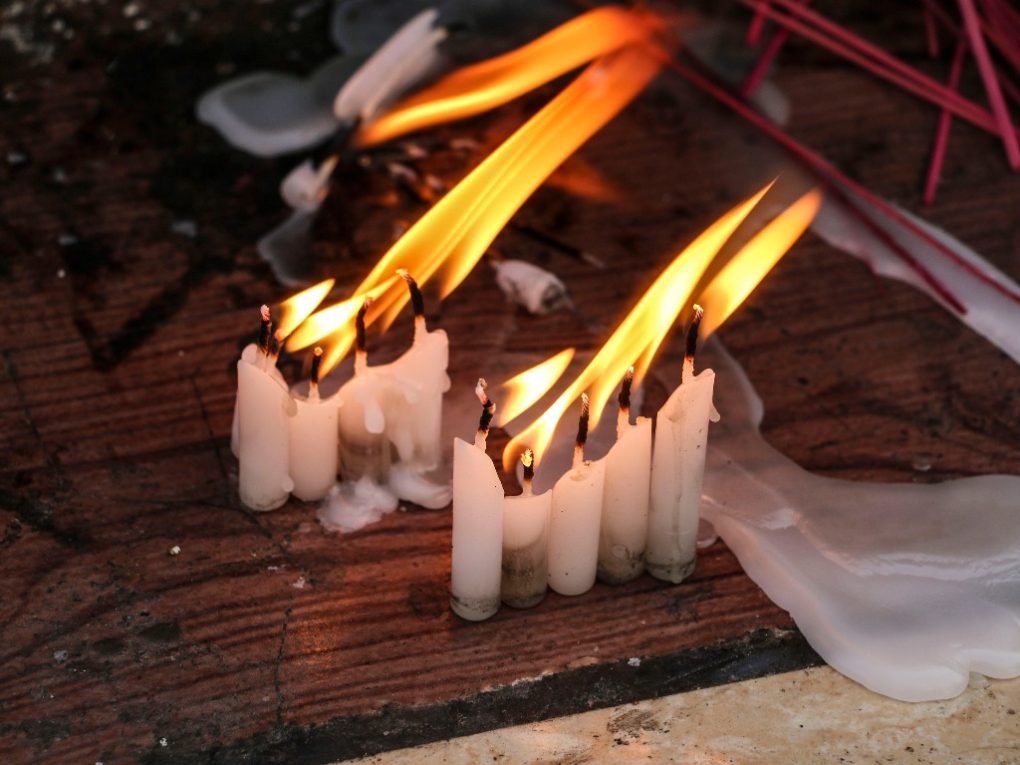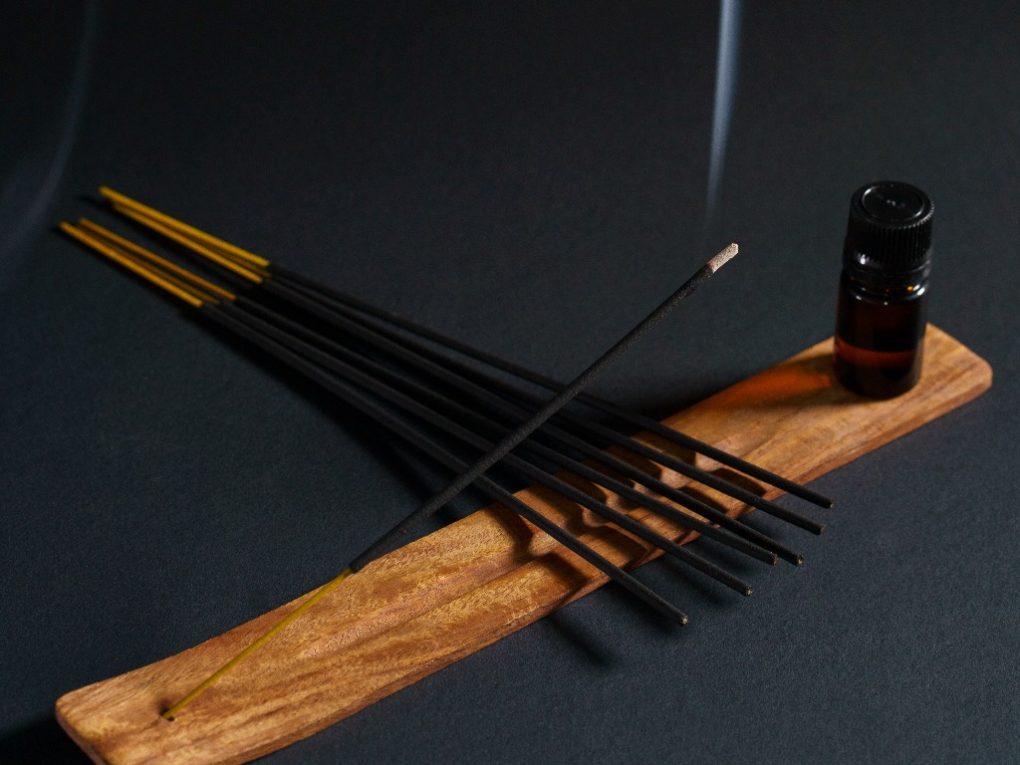Indeed, a candle poses a fire risk to your home if used carelessly or left alone.Fires can start if candles are close to items that easily catch fire, like drapes, documents, or garments. Pets or kids tipping them over also presents a hazard.Overextended burn times can led to wax overflow and ignition, increasing the risk.

The National Fire Protection Association reports that candles spark 7,400 residential fires each year. Sadly, these fires lead to about 80 fatalities and 720 injuries annually. Furthermore, candle-related incidents cause $264 million in property damage every year.
Candles enhance any space, but safety is key. This guide covers candle risks, safe usage tips, and fire emergency procedures.
Candles and Fire Hazards
Candles offer ambiance, but misuse poses risks. The National Fire Protection Association (NFPA) reports candles caused 2% of home fires. These fires led to 3% of home fire deaths, 6% of injuries, and 4% of direct property damage. A significant 37% of candle fires began in bedrooms, resulting in 35% of deaths and 47% of injuries.
Candles pose a significant fire risk due to their open flames. They can readily ignite flammable materials like curtains, bedding, and furniture. Fires can also start if candles are clustered too closely or positioned near paper or clothing. Accidental knock-overs can spill wax, leading to ignition of surrounding items.
To minimize fire risks from candles, follow key safety guidelines. Always use stable,fire-resistant holders that can contain melting wax. Keep candles a safe distance—at least 12 inches—from anything flammable. Never leave burning candles unattended, and extinguish them before sleeping.
Factors That Affect Candle Fires
Various wax types exhibit unique burning properties. Soy wax, for instance, burns cooler than paraffin wax. This impacts flame size and burn duration. Wick size also influences flame size and heat output. A small wick might not melt enough wax. conversely, a large wick can produce an oversized flame. This leads to rapid or uneven candle burning.
A candle’s form influences its burning behavior. Tapered candles might drip, unlike container candles that burn uniformly due to enclosure. Additives like fragrances also alter the burn. Some scents accelerate wax consumption, while others change its color or feel.

Airflow substantially impacts candle burning. Notice how drafts from windows or doors make the flame dance and burn unevenly. A candle’s location matters too. Placing candles near anything flammable or on an uneven surface is a fire risk. Burning a candle too long overheats the wax, causing a larger, more dangerous flame.
tips on Preventing Candle Fires
Candles enhance your home’s ambiance, creating warmth and relaxation. However, they pose a fire risk if mishandled. Follow these updated safety tips for candle use:
Alternatives to Candles

